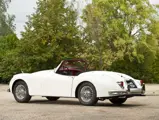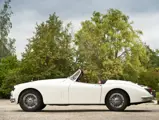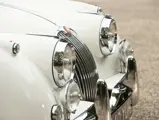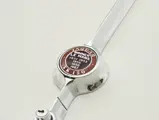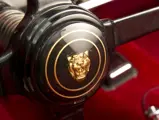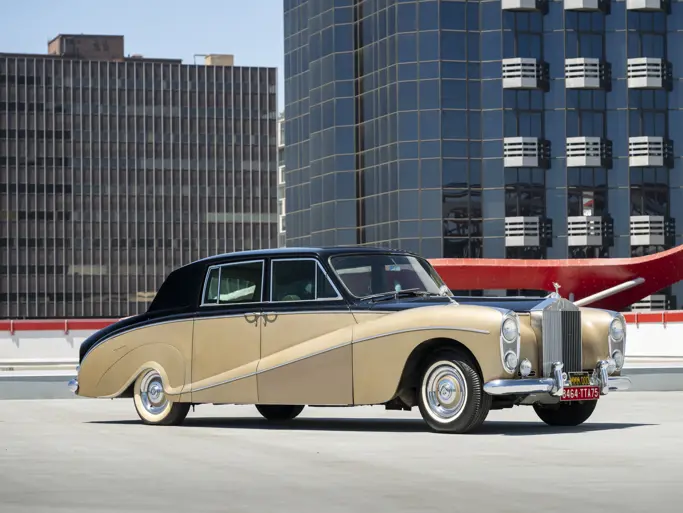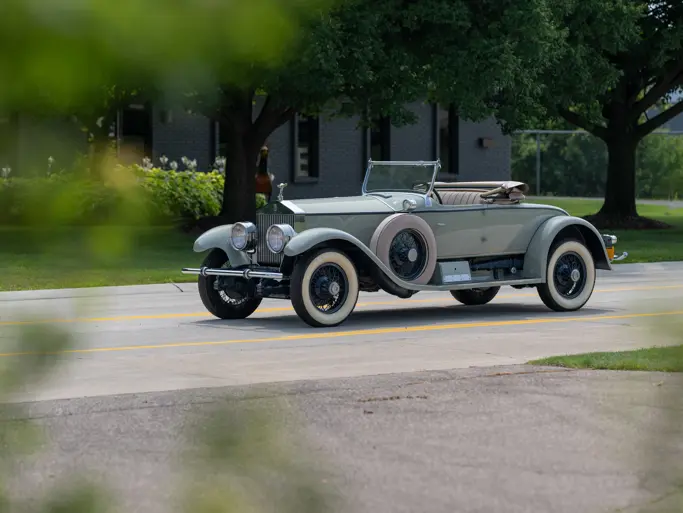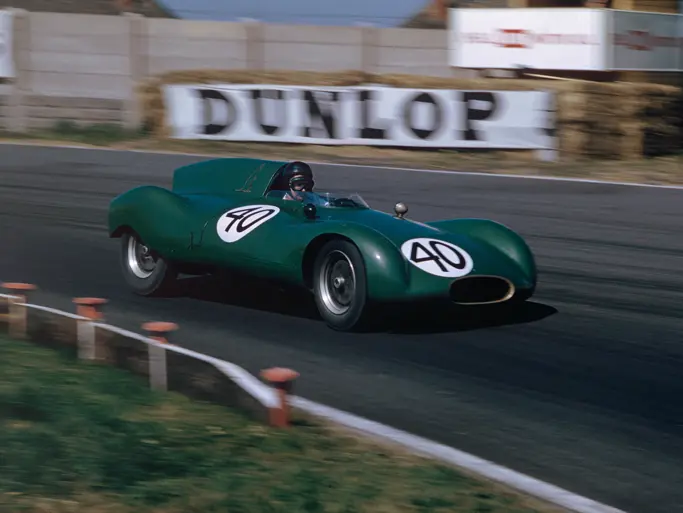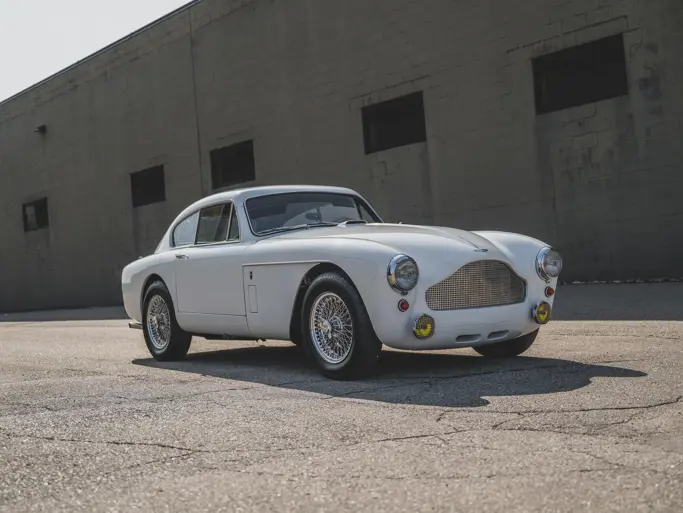London 2011
1960 Jaguar XK150 3.8 Roadster
{{lr.item.text}}
£96,320 GBP | Sold
 | London, United Kingdom
| London, United Kingdom
{{internetCurrentBid}}
{{internetTimeLeft}}

220 hp, 3,781 cc twin overhead cam in-line six-cylinder engine, four-speed manual transmission with overdrive, Dunlop discs front and rear with servo, independent wishbone front suspension with torsion bars and anti-roll bar, rear live axle with semi-elliptic springs, left-hand drive. Wheelbase: 2,590 mm
• Matching-numbers example with Jaguar Heritage Certificate
• A late-production example and one of only 42 roadsters equipped with the dual-carburetted 3.8-litre engine
• Restored in the late-1990s while maintaining its original combination of Cream with a black hood over red hides
Introduced in mid-1957, the XK150 was Jaguar’s response to the growing U.S. demand for more comfortable and refined sports cars. The final iteration of Jaguar’s XK-series, the XK150 featured higher front fenders, a wider grille, a curved one-piece windshield and, perhaps most significantly, Dunlop disc brakes at all four corners. Jaguars not only went fast but stopped that way too! The low-cut door lines of the XK120 and 140 were discarded for a more conservative shape, while the basic XK chassis remained, albeit with an upgraded 3.4-litre twin-cam six as standard equipment. Although the previous body panel tooling was retained, only the boot-lid was shared with the previous XK140. Inside all models received a padded dash top, softer and wider seats and a windscreen that wrapped around the cockpit.
Initially offered in fixed-head and drophead coupé versions, a roadster arrived 10 months later in March 1958. Despite being a bit heavier than its predecessors, the car remained a capable performer. In order to address this concern, Jaguar made available a larger 3.8-litre motor with twin SU HD8 carburettors producing 220 hp compared to the standard model’s 3.4-litre six-cylinder affording 210 hp. Contemporary road tests quoted 0-60 mph at 8.3 seconds, a ¼-mile time of 16.7 seconds at 82 mph and a top speed of 126 mph—all of which were blindingly fast compared to most of its competitors. Triple carburetted “S” versions of both the 3.4- and 3.8-litre powerplants were available, offering a dizzying array (for Jaguar) of combinations with four engines among three models, fixed-head coupé, convertible and roadster. Prices ranged from $4,500 for the roadster to over $6,000 for the “S” versions.
The XK150 proved to be the most popular XK of all with nearly 7,929 units built from 1957 through the end of production in calendar year 1960. Of these, 1,339 were roadsters, including only 42 with the 3.8-litre engine, making this particular model an extremely rare and desirable motor car.
This matching-numbers example was built on 25 October, 1960 and dispatched from the U.K. shortly thereafter on 9 November, 1960. It is a late-production XK150 built just prior to the series production of the E-Type. According to its Jaguar Heritage Certificate, the first owners were F.S. and E.W. Horswald of Harrisburg, Pennsylvania, and the car’s current and original colour combination is cream with a black hood over red hides. The addition of chrome wire wheels complete its sporty yet sophisticated appearance. Restored in the late 1990s, it has seen limited use since a recent inspection by marque specialists, who reported that it remains in very good overall condition and is mechanically sound. It is a strikingly handsome automobile that not only looks good but has the performance to match. The car is currently registered in the U.K. and comes with its U.K. MOT valid until 26 July, 2012. It is a wonderful and useable example of the final evolution in Jaguar’s legendary XK range of sporting motor cars.


